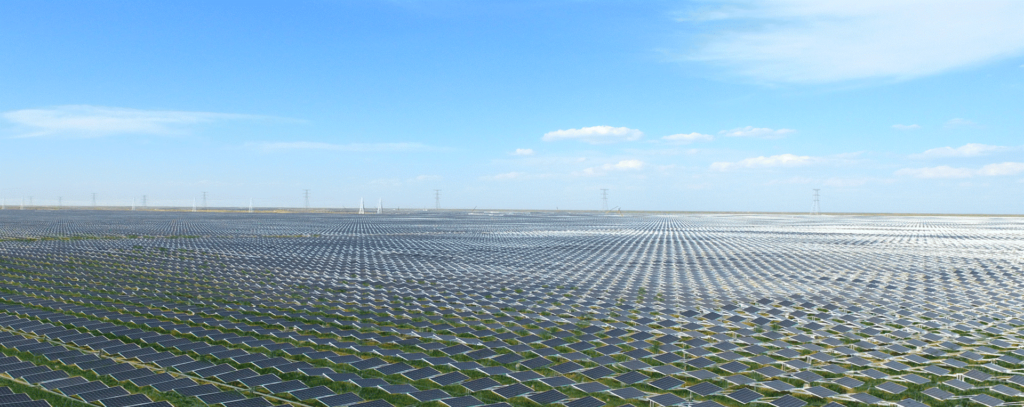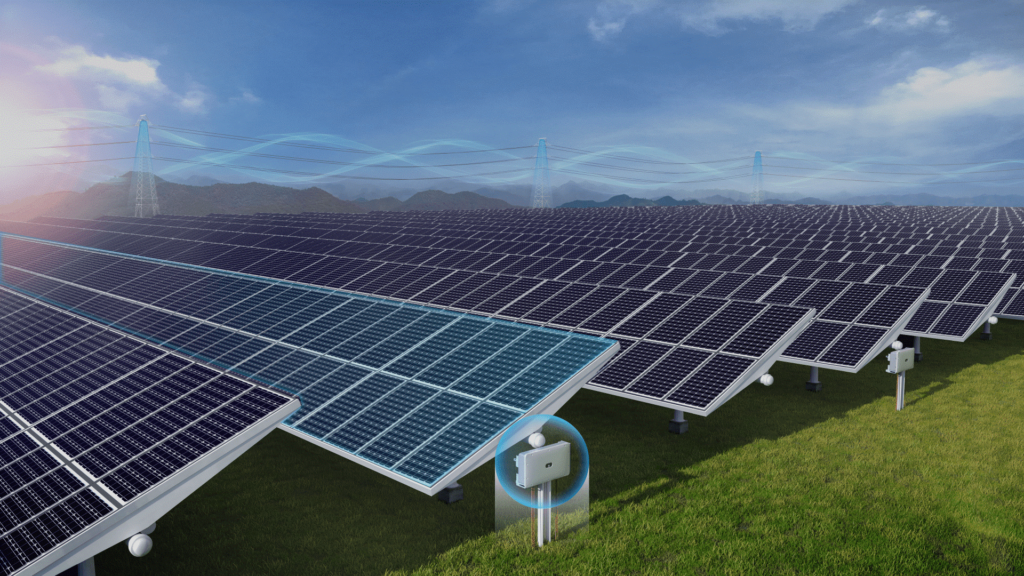Boosting Solar Energy Efficiency with Utility Smart PV Solutions
The demand for clean and sustainable energy sources has led to significant advancements in solar photovoltaic (PV) technology. Solar energy is a powerful solution to combat climate change and reduce our reliance on fossil fuels. To maximize the benefits of solar power, it’s crucial to employ cutting-edge technologies that enhance efficiency and lower operational costs. In this article, we’ll explore how Utility Smart PV Solutions, such as Huawei FusionSolar Smart PV Solution, are revolutionizing the solar industry by ensuring high conversion efficiency and offering a range of intelligent features.

Contents
Utility smart PV solutions with high conversion efficiency
One of the primary challenges in solar energy generation is maintaining high conversion efficiency in various environmental conditions, including fluctuations in solar radiation. Huawei FusionSolar Smart PV Solution addresses this challenge effectively. Its efficient topology ensures consistent high conversion efficiency, regardless of whether the solar radiation is high or low. This means that solar panels can generate maximum power output even during adverse weather conditions, making the system highly reliable and efficient.
AI-Powered Yield Optimization
With the integration of artificial intelligence (AI) technology and closed-loop control, the FusionSolar Smart PV Solution can achieve higher yields, especially in complex terrain and challenging weather scenarios. AI algorithms continuously analyze data from the solar panels and inverters, optimizing the system’s performance in real-time. This capability not only maximizes energy production but also ensures that the system adapts to changing conditions, ultimately increasing the return on investment for solar projects.
Identifying underperforming or malfunctioning components within a solar PV system is crucial for maintaining high levels of efficiency. The Smart I-V Curve Diagnosis feature of Huawei’s solution helps pinpoint strings with low performance, enabling proactive maintenance and reducing operation and maintenance (O&M) costs. By detecting issues early on, operators can take corrective actions, ensuring that the entire system operates at its peak potential.
Self-Cleaning Fan with smart features
Dust accumulation on solar panels can significantly reduce their efficiency. The FusionSolar Smart PV Solution incorporates a Smart Self-Cleaning Fan feature, where the inverter automatically adjusts the fan’s operation based on temperature, illumination, and other environmental conditions. This dynamic control ensures that the fans remove dust and debris efficiently, reducing the need for manual cleaning and minimizing downtime. This not only saves time but also improves overall system performance and reduces O&M expenses.

Locate abnormal strings quickly.
Efficient O&M practices are essential for the long-term success of solar PV systems. The Discreteness Analysis feature of Huawei’ solution simplifies the maintenance process by scanning and locating less efficient or abnormal strings quickly. This reduces unnecessary site visits, lowers operational costs, and improves overall O&M efficiency. By focusing on areas that require attention, operators can streamline their maintenance efforts and ensure that the system consistently performs at its best.
Conclusion
As the world transitions towards cleaner and more sustainable energy sources, Utility Smart PV Solution like Huawei’s FusionSolar Smart PV Solution play a crucial role in optimizing the performance of solar PV systems. These solutions offer high conversion efficiency in all environmental conditions, harness the power of AI for yield optimization, enable proactive maintenance through I-V curve diagnosis, facilitate self-cleaning with smart technology, and streamline O&M efforts with discreteness analysis. By embracing these intelligent technologies, the solar industry can continue to grow and contribute to a greener and more sustainable future.
Also Read: The Importance of Access Auditing in Ensuring Data Security




